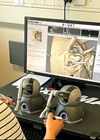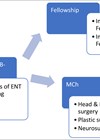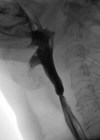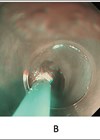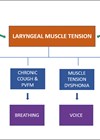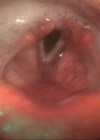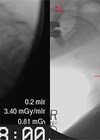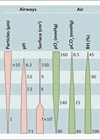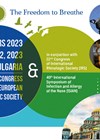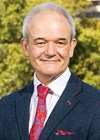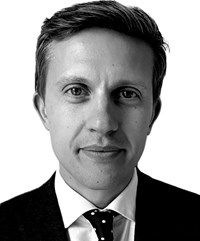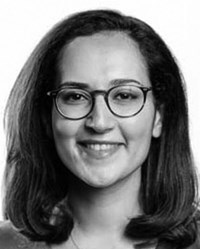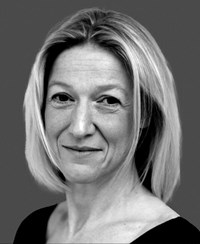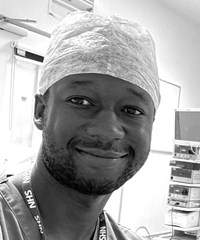ENT features
The impact of simulation on ENT training
Surgical training is constantly developing to improve ENT surgeons’ technical and non-technical skills. In this article, Joshua Whittaker, an ENT Registrar and ENT Simulation Fellow at University Hospitals Birmingham, describes the rise of simulation training. Simulation is the recreation of...
Insight into an Indian-trained ENT specialist working in the UK
With international fellowships becoming more commonplace for gaining subspecialty experience, the authors describe the pros and cons of a UK fellowship and summarise the differences they have noticed in training and clinical practice between India and the UK. Otorhinolaryngology, or...
Destination unknown
We as doctors do not always know the answer. Associate Professor Jacqueline Allen guides us through the importance of acceptance of this uncertainty and its complex mental journey. She highlights that, as clinicians, we must embrace the unknown and be...
Gastric inlet patch – an under-diagnosed cause of globus
A gastric inlet patch (GIP) is an island of heterotopic gastric mucosa found commonly in the proximal oesophagus just below the upper oesophageal sphincter. It is often underdiagnosed due to its location. Its importance and clinical relevance can be underestimated...
Muscle tension dysphagia: an underdiagnosed problem
In this article, the authors introduce the description of swallowing problems which have been recently attributed to muscle tension dysphagia (MTDg). The authors are clear that this is a diagnosis of exclusion, and it is important to rule out other...
Dysphagia in complex laryngology – maintaining the balance
These authors from the speech and language therapy department at Imperial College Healthcare NHS Trust, describe their view of a patient-centred approach to managing dysphagia in complex laryngology. Careful consideration of the balance of airway, voice and swallow, which is...
Old age is hard to swallow
This article takes us through the diagnosis and management of swallowing problems common in older age. As our global population continues to grow and live longer, dysphagia will continue to be a global problem which needs to be recognised, understood...
Effects of air pollution and climate change on the upper airways
Dr Alexander Simidchiev is a specialist in internal medicine, pulmonary medicine and public health. He is the Co-Founder and President of Air for Health, a non-profit organisation aimed at educating medical professionals about the impact of air pollution and climate...
Ethics, conduct and sinonasal surgery
For the three plenary sessions at ERS 2023, we asked top leaders in the field to enlighten us in the general aspects of our profession that need attention. Prof Gil Siegal will discuss the ethical questions we encounter in our...
Welcome to ERS2023
For ERS2023, for the first time, the ERS board elected a scientific president to chair the scientific programme committee. The ERS board is very happy that Prof Paolo Castlenuovo was willing to take this task upon himself. Here he outlines...
In conversation with Prof Peter John Wormald: The past, present and future of treating CRS
At ERS2023, Prof PJ Wormald will lecture on the past, present and future of treating chronic rhinosinusitis (CRS). We caught up with him recently to hear about the major improvements, the hypes and his dreams for the future of treating...
Rhinology, Sofia and freedom
Our president-elect and host of the ERS2023 shares her love for ERS, rhinology in general, and Bulgaria. Let her invitation to experience the “freedom to breathe” inspire us all to visit Sophia and enjoy a great congress in a fantastic...


